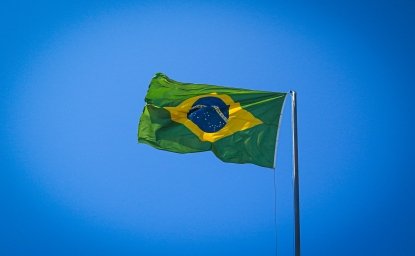President Barack Obama warned in his speech Wednesday that "if left unchecked," Islamic State militants "could pose a growing threat beyond that region, including to the United States."
Defense Secretary Chuck Hagel has described the group–also known as ISIS and ISIL–-as an "imminent threat to every interest we have." Rep. Michael McCaul, chairman of the House Homeland Security Committee, declared: "Today, ISIS is the biggest threat to the homeland." Sen. James Inhofe said that “they’re rapidly developing a method of blowing up a major U.S. city."
But while ISIS is among the most terrifying terror threats to emerge in recent decades, Washington inflates the risks it poses to the U.S. homeland. Homeland Security Secretary Jeh Johnson said Wednesday, just hours before the president’s speech, that "we have no credible information that ISIL is planning to attack the homeland of the United States."
Unfortunately, other groups do want to strike America–-and several have tried.
Here are four that have the U.S. in their cross hairs:
1. Al Qaeda in the Arabian Peninsula (AQAP)
In Senate testimony hours before Mr. Obama’s speech, U.S. counterterrorism officials admitted that Yemen-based AQAP remains the greatest terror threat to the U.S. proper. The "underwear bomber" who tried to blow up an airliner on Christmas Day 2009, the 2013 massacre at Fort Hood, and the 2010 plot to send parcel bombs to Chicago all had some connection to AQAP. Despite an intensive drone war in Yemen, the group is far from diminished. Video surfaced this year of AQAP leaders meeting in the open and vowing to strike the United States.
2. Lashkar-e-Taiba (LeT)
This vicious Pakistani militant organization, which staged the 2008 attacks in Mumbai, boasts transnational networks that extend to the United States. According to LeT expert Stephen Tankel, the group "has all of the tools necessary to strike the homeland." It has not only trained Americans but also had them conduct surveillance in the Washington area. Fortunately, Pakistan’s security establishment, which has long regarded the anti-India LeT as a useful proxy, probably uses its leverage over the group to discourage it from planning attacks on U.S. soil.
3. Pakistani Taliban (TTP)
In 2010, a TTP-trained Pakistani-American attempted to detonate a bomb in Times Square. Today, despite U.S. drone strikes, Pakistani military offensives, and internal divisions, the group remains potent; it staged a dramatic assault on the Karachi airport in June. It remains a threat to the U.S. largely because of its deep ties to al-Qaeda; one analyst says that the Pakistani Taliban has "become the foundation within which al Qaeda’s original leadership has been able to survive and adapt." Asim Umar, the virulently anti-American leader of al Qaeda’s new South Asia affiliate, was previously linked to the Pakistani Taliban. TTP leaders have vowed to attack the U.S. again and, unlike with LeT, the Pakistani military—a prime target of the Pakistani Taliban—lacks the influence to deter them.
4. Cyber attackers
Cyberattacks don’t physically blow things up but they still inflict great damage. In recent months alone, the U.S. banking industry, retail giants, and hospitals have been hit. Cyber strikes could soon become exponentially more dangerous, with some worrying that cyber terrorists could target the air traffic control system and nuclear power plants. Little wonder that the White House and the 9/11 Commission co-chairs have underscored the severity of the cyberterror threat in recent days.
In time, the threat from ISIS could evolve. Yet for now at least ISIS should be seen for what it is: a sadistic organization content to restrict its savagery to its own back yard.
The opinions expressed here are solely those of the author.
This article was first published on The Wall Street Journal's Washington Wire.






